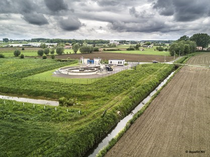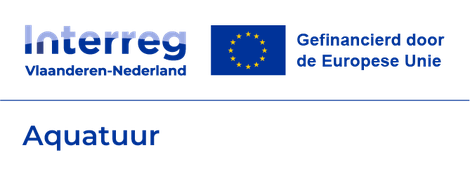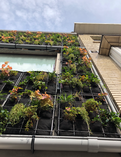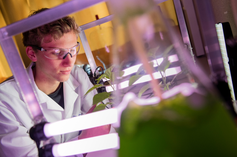Ecotechnology
In the last decades, the need for clean surface water and the importance of drinking water have become clear. Specific consequences are the decentralisation of wastewater treatment (e.g. companies cleaning their wastewater before reuse) and the paradigm shift towards nutrient recovery. LIWET (Laboratory for Industrial Water and EcoTechnology) supports this movement through testing technologies on lab-scale, followed by upscaling to make sure these technologies can be implemented on industrial scale.
Constructed wetlands
In this research we are focussing on the use of biochar and microplastic removal in constructed wetlands. With our expertise in this field we contribute to the interreg Vlaanderen-Nederland project Aquatuur.
Contact: prof. dr. ir. Diederik Rousseau
Total value wall
The total value wall is able to clean grey water, i.e. all the water coming from households expect for the toilet water. This water is collected in a tank and will be pumped true the wall on specific moments in time. The plants will then treat the water, which will eventually be collected in a second tank. This clean and odorless water can finally be used for low-value applications such as flushing down the toilet. Other advantages of the total value wall are the increased isolation of the wall and the increased aesthetic value.
Contact: prof. dr. ir. Diederik Rousseau
Algal technology
In order to make algal technology economically more viable, they can be grown using wastewater. As such, they have a cheap growth medium and they can recover nutrients. In this research, we are growing multiple microalgae species on different wastewater types. Afterwards, we extract the produced pigments in order to valorise the biomass.
Contact: prof. dr. ir. Diederik Rousseau



